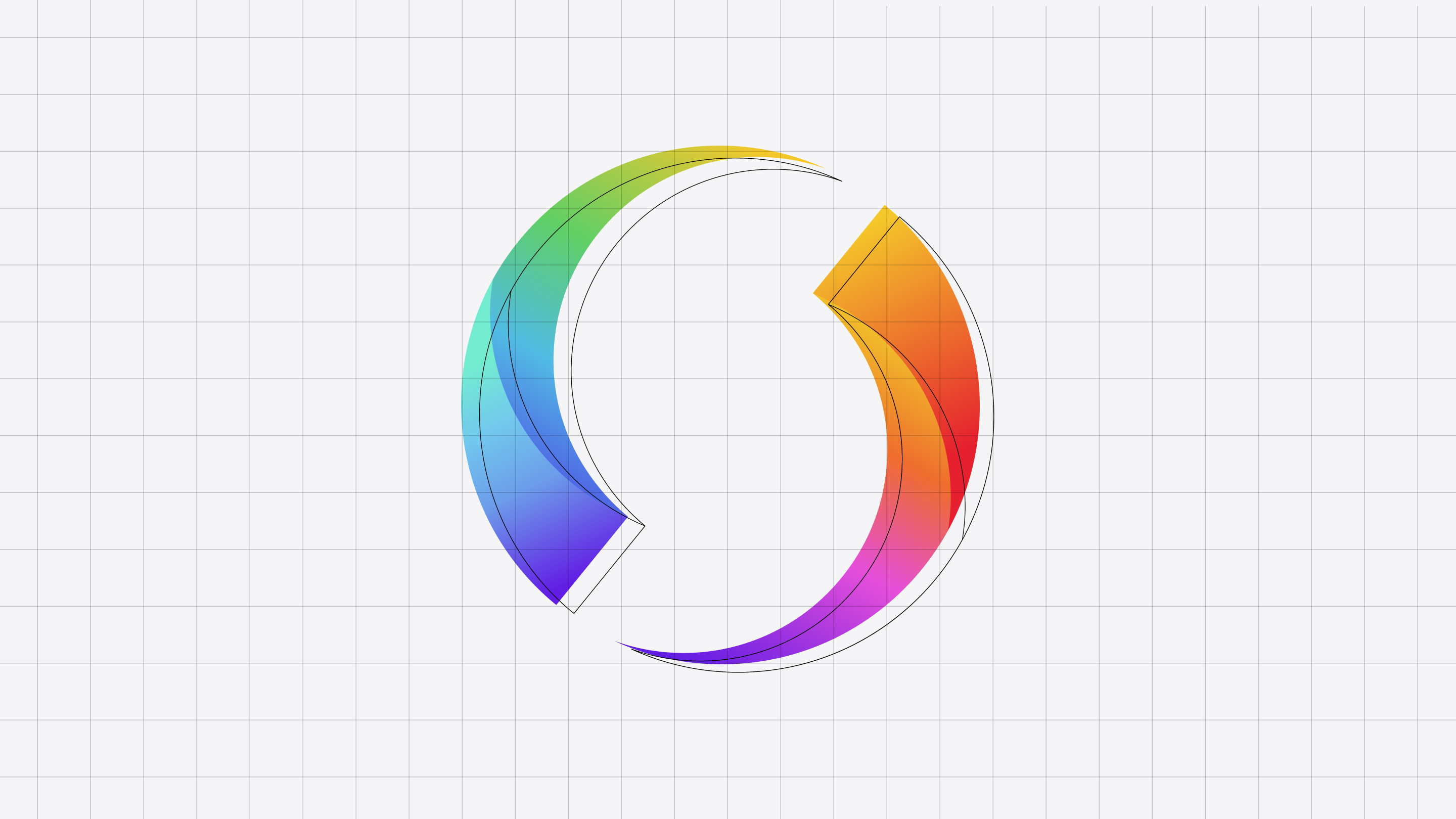
The billion-dollar “what if” that everyone thinks is stupid
Every unicorn startup started with someone asking a question that sounded ridiculous.
“What if you could request a ride from your phone?” Uber seemed insane when taxis worked fine.
“What if you could rent your couch to strangers?” Airbnb sounded dangerous when hotels existed.
“What if you could watch any video anytime?” Netflix looked stupid when Blockbuster dominated.
The biggest software companies all began with simple “what if” questions that most people dismissed as impossible or unnecessary.
The pattern behind billion-dollar ideas
Look at these successful “what if” questions:
What if you could code in the browser? → Replit Instead of complex development environments, just open a browser and start coding. Developers called it toy software. Now it’s worth billions.
What if Git was social? → GitHub Version control existed, but making it collaborative and visual seemed unnecessary. Now every developer uses it daily.
What if anyone could accept payments? → Stripe PayPal existed, but a simple API for developers felt like solving a solved problem. Stripe proved simplicity wins.
What if every app could have a backend? → Firebase Building server infrastructure was just part of development. Making it plug-and-play seemed like cheating. Google bought it for hundreds of millions.
What if you could talk to any dataset? → ChatGPT Search engines worked fine for finding information. Conversational AI felt like science fiction. OpenAI created a new category.
What if anyone could be a designer? → Playground AI Professional design tools existed and worked well. Democratizing design seemed to threaten quality. Users disagreed.
Each idea faced the same criticism: “We already have solutions for this.”
Your “what if” is hiding in plain sight
The best startup ideas don’t feel revolutionary. They feel obvious in hindsight but impossible beforehand.
Your billion-dollar idea is probably something everyone hates or thinks is impossible.
It’s hiding in customer complaints:
- “Why is setting up payments so complicated?”
- “Why can’t I just drag and drop to build an app?”
- “Why do I need to learn command line to deploy code?”
- “Why can’t this software just work together?”
It’s hiding in inefficiencies everyone accepts:
- Manual processes that “just take a few minutes”
- Workarounds that “aren’t that bad”
- Tools that require extensive training
- Solutions that only work for experts
It’s hiding in things people say are impossible:
- “AI will never be creative”
- “You can’t replace spreadsheets”
- “Small businesses won’t pay for software”
- “Developers will always need local environments”
The validation test
Before dismissing your “what if,” ask these questions:
Do people complain about this regularly? If users constantly grumble about something, there’s opportunity.
Do current solutions require expertise? If only specialists can use existing tools, there’s room for simplification.
Do people use ugly workarounds? If everyone has a hacky solution, there’s demand for a proper one.
Does everyone say it’s impossible? If experts dismiss it, you might be onto something.
Stripe’s founders were told online payments were solved. Airbnb’s founders were told people would never stay with strangers. Netflix’s founders were told streaming was impossible with existing internet speeds.
Start with the obvious question
The best entrepreneurs don’t wait for perfect market research or detailed competitive analysis.
They see something annoying or inefficient and ask: “What if this was easier?”
Find the thing that makes you think “there has to be a better way” and build that better way.
Your “what if” doesn’t need to be revolutionary. It needs to be useful.
What’s your “what if”?


